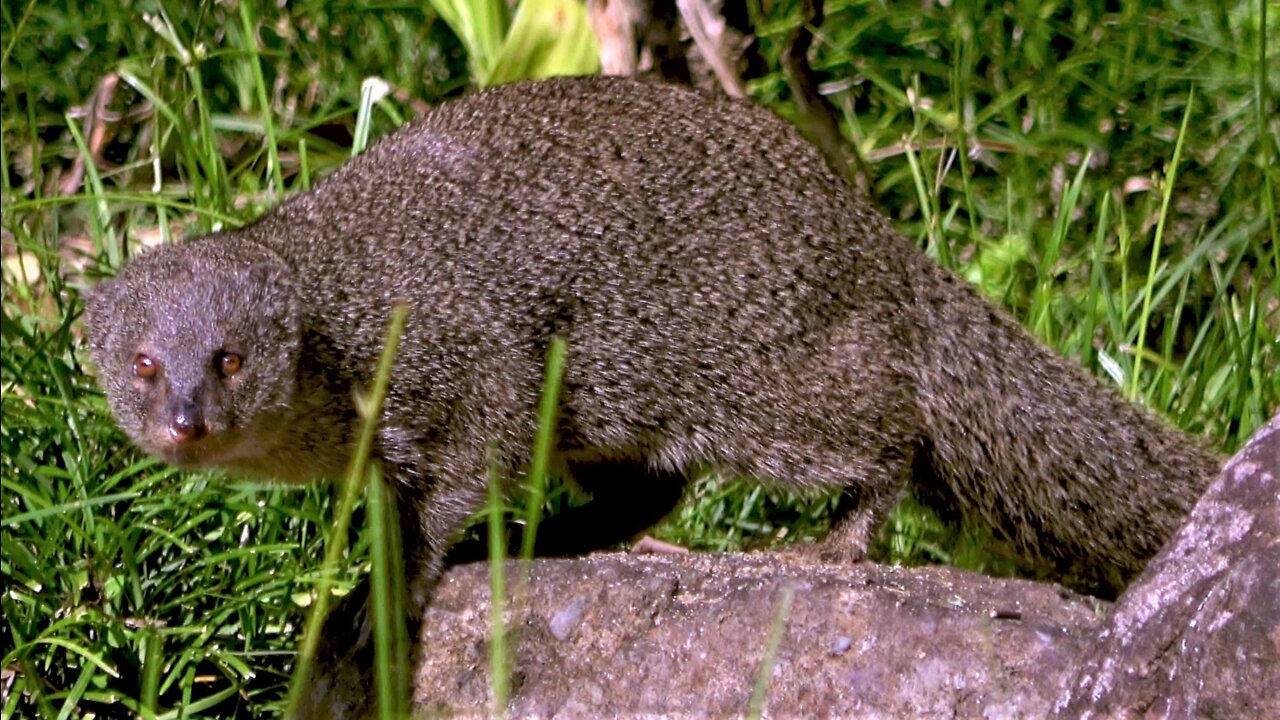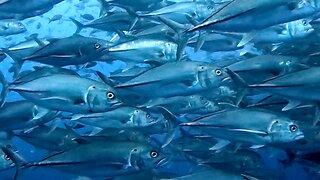Premium Only Content

Mongoose introduction in Fiji goes horribly wrong
Many areas of the world have been trouble with pests and animals that are considered a threat to crops and produce. In an effort to control the populations of these animals, humans have introduced predators. The goal is to find an animal that will prey on the creatures that are destroying crops. But the results are often unpredictable, and occasionally disastrous.
In Fiji, and many other Pacific islands, sugar cane is an important crop. Rats and mice thrive on sugar cane, causing massive increases in production costs due to their consumption and contamination of the food. The Indian mongoose was a natural candidate for the government that sought to find a predator that could easily kill and eat the rodents. The mongoose did a very effective job, easily cutting the rodent population in a timely fashion. The mongoose also preyed on venomous snakes, which were a serious hazard to the workers in the cane fields. This was considered a positive in the efforts to make sugar cane farming easier. But those introducing the mongoose didn't consider the fact that the snakes were already a great predator for the rodents and that reducing the snake population would give the rats and mice an advantage.
Luckily, the mongoose filled the void and killed the rodents that the snakes had been preying on. But the mongoose has few predators on the island and they multiplied rapidly. Stealthy and very agile, their speed gives the mongoose a great advantage over larger animals, making them very formidable and difficult to catch or take down. The mongoose is one of the few animals capable of killing many large snakes.
The biggest problem with the mongoose came when they also began preying on lizards and birds. They even took the eggs from birds' nests. The population of birds in Fiji was rapidly threatened. The mongoose prey on migratory birds and domestic poultry as well. Being such capable hunters, these populations have also been affected.
Humans seeks to control their environment and nature, often without enough understanding of the long term consequences. History is full of examples of how this has gone horribly wrong, as it did with the introduction of the mongoose here.
-
 0:43
0:43
WildCreatures
3 days ago $7.90 earnedDiver is swallowed up by a passing bait ball at Darwin Island
21.9K4 -
 LIVE
LIVE
ladyskunk
1 hour agoBorderlands 4 with Sharowen Gaming, Rance, and Sweets! - Part 8
56 watching -
 LIVE
LIVE
S0lidJ
2 hours ago🟢Live -S0lidJ - Solos Arc Raiders
119 watching -
 5:46:19
5:46:19
TheItalianCEO
6 hours agoSunday is for chill games
8.6K -
 10:24
10:24
AlaskanBallistics
18 hours agoDiscovery Optics 1-8x28mm LPVO Riflescope Review
8.78K -
 2:08:24
2:08:24
Jeff Ahern
4 hours ago $7.20 earnedThe Sunday Show with Jeff Ahern
18.9K6 -
 27:41
27:41
DeVory Darkins
1 day agoMarjorie Taylor Greene STUNNED after Trump pulls her endorsement
46.5K324 -
 5:06:28
5:06:28
ttvglamourx
6 hours ago $0.73 earnedSUSSY SUNDAY !DISCORD
12.1K -
 2:45:29
2:45:29
slychapter3
4 hours ago🔴🏝 Using Christopher Columbus's Spy Glass🔭!! Survival: Fountain of Youth!!🔴
7.59K -
 32:41
32:41
Tactical Advisor
5 hours agoNew Red Glock? | Vault Room Live Stream 045
50.8K10